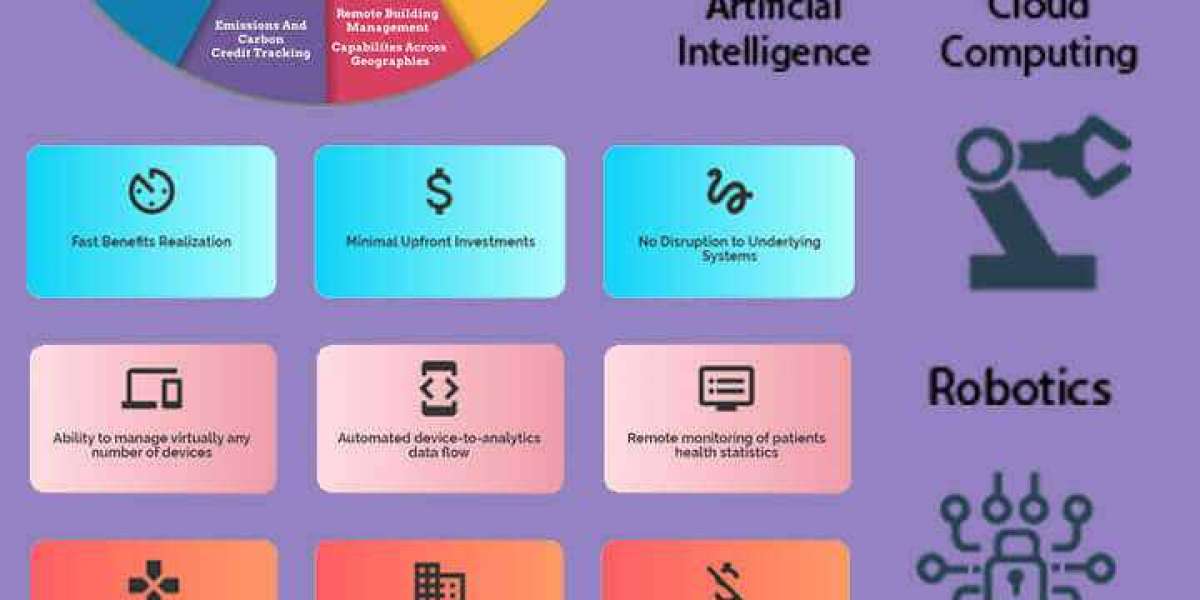Electronics for Entertainment.
The Evolution of Gaming and Home Theaters
Electronics play a pivotal role in shaping the landscape of entertainment, encompassing a diverse array of devices that enhance our leisure experiences. Defined as the branch of physics and technology concerned with the design and application of electronic circuits, electronics have become integral to the modern entertainment industry. In particular, gaming and home theatres have emerged as significant contributors to the immersive and interactive nature of contemporary entertainment. The importance of electronics in this context lies in their ability to provide seamless and high-quality audio-visual experiences, creating virtual worlds that captivate audiences. Gaming, with its cutting-edge consoles and advanced graphics, has evolved into a major form of entertainment, offering both recreational and competitive experiences. Simultaneously, home theatres equipped with state-of-the-art audio and visual systems bring the cinema experience into the comfort of one's living room, transforming how we consume movies and TV shows. In essence, electronics serve as the backbone of modern entertainment, enriching our leisure pursuits and pushing the boundaries of what is possible in the realm of immersive experiences.
- Early History of Gaming
- Arcade Games:
- In the 1970s and 1980s, the gaming industry saw the rise of arcade games. Pioneering titles like Pong, Space Invaders, and Pac-Man became cultural phenomena.
- Arcades served as social hubs, bringing people together to compete and socialize over video games.
- Console Gaming:
- The 1980s and 1990s marked the advent of home console gaming with systems like the Atari 2600, Nintendo Entertainment System (NES), and Sega Genesis.
- The shift from arcades to home consoles allowed gamers to experience high-quality gaming in the comfort of their homes.
- Technological Advancements
- Graphics and Processing Power:
- The 1990s and 2000s witnessed significant advancements in graphics and processing power. 3D graphics became prevalent, enhancing the visual experience.
- Consoles like the Sony PlayStation, Nintendo 64, and later iterations, along with powerful gaming PCs, pushed the boundaries of graphical fidelity.
- Virtual Reality (VR) and Augmented Reality (AR):
- The 2010s brought about a new era with the introduction of VR and AR technologies. VR headsets like Oculus Rift and HTC Vive provided immersive gaming experiences.
- AR, as seen in games like Pokémon Go, blended virtual elements with the real world, creating innovative gaming interactions.
- Impact on Society
- Gaming Communities and Social Interaction:
- Online multiplayer gaming became a dominant trend, fostering global gaming communities. Platforms like Xbox Live and PlayStation Network facilitated online play.
- Social interaction within games and through gaming platforms created a sense of community, with gamers forming friendships and participating in virtual worlds.
- Esports and Professional Gaming:
- The rise of esports turned gaming into a professional and competitive endeavour. Tournaments and leagues for games like Dota 2, League of Legends, and Counter-Strike gained massive popularity.
- Professional gamers became celebrities, and esports events started drawing large audiences, both online and in physical venues.
The evolution of gaming has been shaped by technological advancements, societal shifts, and a growing recognition of the cultural and economic impact of the gaming industry. As we move forward, emerging technologies like artificial intelligence, cloud gaming, and further advancements in VR/AR are likely to continue shaping the future of gaming.
The Evolution of Home Theaters:
The evolution of home theatres, deeply entwined with advancements in electronics, has witnessed a remarkable journey. From the early days of basic home entertainment systems, the integration of electronic components became increasingly sophisticated with the introduction of dedicated home theatres. Technological progress in the realm of electronics has been a driving force, marked by the transition from standard-definition to high-definition (HD) and later to 4K displays, all facilitated by cutting-edge electronic visual components. Simultaneously, the advent of surround sound systems, intricately wired with electronic circuits, transformed audio experiences, creating immersive, theatre-like soundscapes within the home. The marriage of electronics and smart home integration has been pivotal, allowing for seamless control of lighting, audio, and visual components through electronic devices. Changing viewing habits, influenced by streaming services and on-demand content platforms, have further intertwined electronics with the way audiences consume media. Modern home theatre design trends showcase the fusion of aesthetics and electronic functionality, emphasising not only comfort but also the integration of state-of-the-art electronic systems to craft personalised cinematic experiences within the confines of one's home.
Convergence of Gaming and Home Theaters:
The convergence of gaming and home theatres has led to a seamless integration of entertainment technologies, transforming the traditional home entertainment landscape. The integration of gaming consoles with home entertainment systems has become a defining aspect, allowing users to seamlessly transition between gaming and other media consumption. Large screens and immersive sound experiences, once reserved for cinematic viewing, are now integral to gaming setups, providing an immersive gaming environment that rivals the excitement of a movie theatre. This convergence has given rise to multi-functional entertainment spaces, where gaming, movie-watching, and streaming services coexist harmoniously. Home theatres have evolved into versatile hubs, accommodating diverse forms of entertainment, and the integration of gaming elements into these spaces reflects a dynamic shift in how people approach and experience interactive and traditional media within the comfort of their homes.
Future Trends:
Looking ahead, the future of entertainment holds exciting prospects with emerging technologies shaping both gaming and home theatre experiences. In the gaming realm, the rise of cloud gaming services is set to redefine accessibility, enabling users to stream games without the need for powerful local hardware. Concurrently, artificial intelligence (AI) is poised to enhance gaming dynamics, offering more sophisticated non-player characters and adaptive environments. On the home theatre front, the evolution of display technology is driving the adoption of 8K displays and beyond, promising unparalleled visual fidelity. Additionally, the integration of Virtual Reality (VR) and Augmented Reality (AR) is expected to revolutionise home theatres, introducing virtual experiences that simulate cinematic environments or create personalised fantastical settings. These trends collectively signal a future where the synergy between gaming and home theatre technologies continues to provide immersive, personalised, and cutting-edge entertainment experiences for users.
Challenges and Considerations:
Navigating the future of gaming and home theatres presents challenges. Cost implications arise as cutting-edge technologies can be expensive, potentially limiting accessibility. Balancing innovation with affordability is crucial. Ensuring inclusivity involves addressing diverse abilities, preferences, and styles in both gaming and home theatre experiences. Additionally, the environmental impact of electronic devices calls for sustainable practices, energy efficiency, and responsible disposal methods. Striking a balance between technological advancement, cost-effectiveness, inclusivity, and environmental responsibility is key for a socially responsible and accessible entertainment ecosystem.
In summary, the evolution of gaming and home theatres has brought us from arcade games to cloud gaming, showcasing a dynamic interplay of technology and entertainment. Looking ahead, the future promises exciting developments in electronics, with cloud gaming, AI, 8K displays, and virtual experiences leading the way. This convergence assures an inclusive and captivating entertainment landscape, emphasising accessibility and environmental responsibility. The journey from the early days to the current era highlights the adaptability of the industry, setting the stage for a future where cutting-edge technologies continue to redefine our entertainment experiences.



